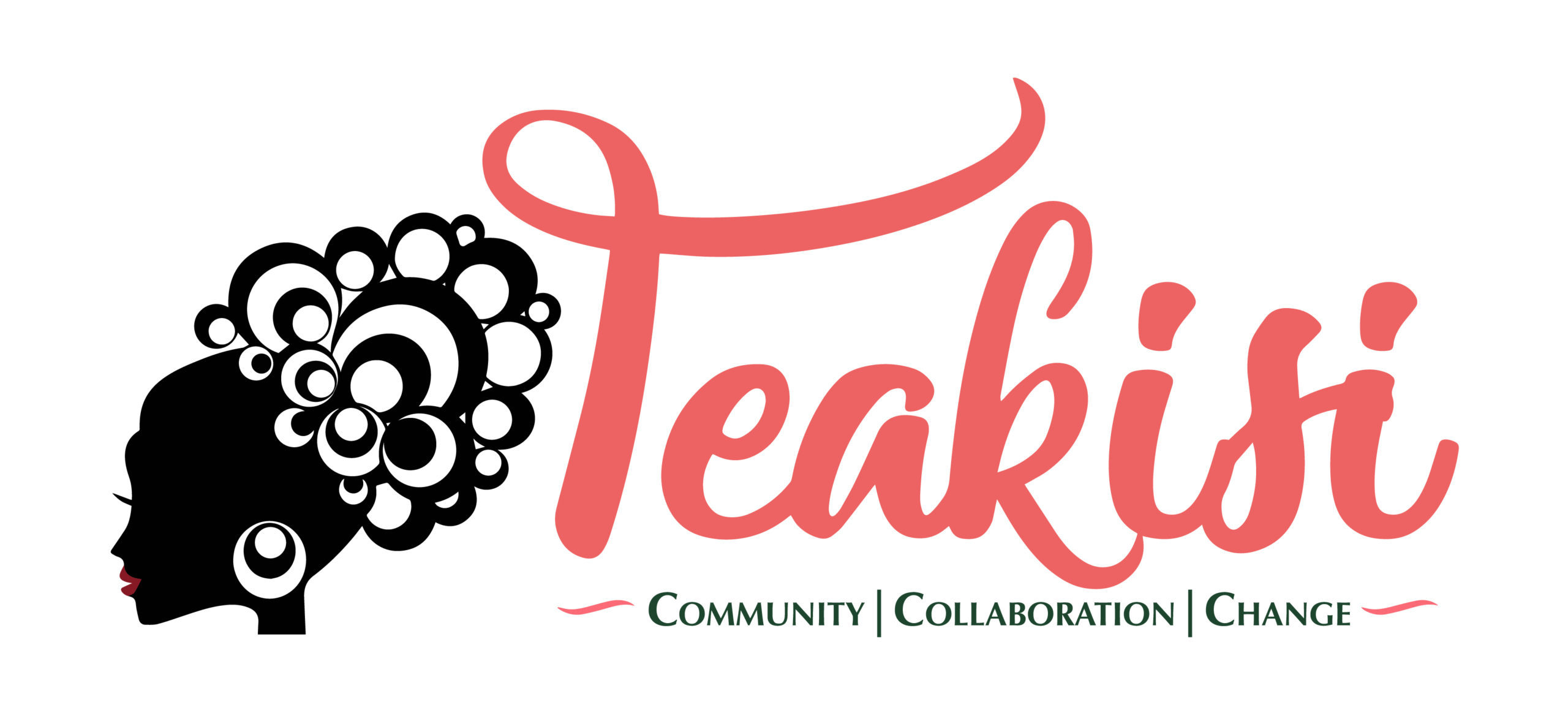I grew up in a cosmopolitan suburb in the southern parts of Johannesburg. In the early 2000s, the community was an eclectic mix of white Afrikaners, a few Indians who owned the local grocer, blacks and coloureds who had worked their way out of the townships, and a growing population of foreigners. The local church in my neighbourhood was a Dutch Reformed Church (NG Kerk), an Afrikaans church whose main congregants were Afrikaans. I attended that church, it was just a street away, their reception towards black people was warm and I grew a liking for the Afrikaans hymns. I still sing some of those hymns to uplift my spirits when I feel low. My local NG Kerk was the dream South Africa hoped to achieve, races and cultures putting their differences aside and coming together to support a common cause.
Despite this racial harmony in my local NG Kerk, the inequality between the races was prevalent and unavoidable. The leaders of the church drove at least 15 – 20km each Sunday from affluent suburbs to share the gospel to this lower-middle-class community. The whites who attended the church were from the surrounding community – could easily be identified. They had a greyness about them, families were often fighting the local community demons: alcoholism, gambling, unemployment, poor access to good education, drugs, and prostitution amongst many other things.
Beyond my idyllic local NG Kerk, some unspoken racial tensions and inequalities grew in the country dubbed the rainbow nation. There was a division that grew daily between the financially secure and those that had to make ends meet each month. It was between all races, there were poor whites, poor coloureds, poor Indians and of course most poor were black. But as a black girl, all I could see was my poverty and the inequalities black people faced as apartheid had barely ended ten years before, it was because of the white man that I was poor. Rightly so, there had been systematic segregation and oppression of black people. What many black people never realised then but see it now, was that when the transference of power happened between the white colonialists to the blacks, the colonialists never ended systematic segregation – they simply masqueraded it as capitalism. When the black governments took over, they never ended oppression, they simply took over and began to govern a system that had been designed to serve the needs of the minority. Our current economic infrastructure serves the needs of the elite minority (the 1%).
Many young African governments changed policies and laws to increase financial inclusion. In 2005, the South African government launched the Black Economic Empowerment programme (BEE) that was aimed at reconciling South Africans and reducing the inequalities of Apartheid. The program was aimed at encouraging the integration of black people into the workplace and supporting the growth of black businesses. Most white people simply hired black people to meet their BEE quota so there could be compliant with government regulations. We called those black hires, window dressers. BEE had a positive effect, there was social mobility for many young black families and the middle class grew.
However, as the economic system was only designed for a working minority rather than total inclusion, black inclusion was capped and unemployment rates began to rise. Tenderpreneurs sprouted overnight, black businesses that used political connections to be awarded government contracts for outsourced services. Some tenderpreneurs delivered, some used the government as a cash cow and levels of corruption soared right to the praesidium. As the well-connected black people enriched themselves and key economic sectors remained in the exclusive hands of the minority, financial inequality grew. Young black South Africans became economic minorities in a predominantly black country. The growing unemployment rates were blamed on the high influx of foreigners into the country.
Africans always sought out South Africa as a safe haven from their war-stricken countries. I now see that South Africa was still too young to be a place of solace for many African refugees. As a country, they hadn’t figured themselves yet and the high influx of foreigners was simply pouring fuel to the fire. My mathematics teacher in primary school always made a joke, he used to say: “If you look at the map of Africa, South Africa is at the bottom of the map. So, all these Africans are falling here because of gravity.” When the xenophobic attacks began in the early 2000’s I used to be one of the children who would chant “hambani makwerekwere” which meant “foreigners go home”, the irony was, I was a foreigner myself. Xenophobia was bound to happen, South Africa, one of the last countries to gain independence on the continent had played big brother too long to other African countries who gained independence much earlier and by now should have had everything figured out.
The last decade has shown us how widespread inequalities (racial, economic, health, human rights) are, no matter where you are. In the UK, the British referendum and Brexit brought this to light, in America – Black Lives Matter highlighted this, in Hong Kong, there have been protests since 2019, just recently in Eswatini too. The Covid-19 pandemic has widened the gap of inequality and many more people have been further impoverished. While I condone looting and destruction of property in South Africa, I am more sympathetic towards the looters because I understand their struggles. When an economy is in the hands of the elite minority (black or white or whomever), the economic consequences of anarchy are trivialised and the only thing that becomes important at that moment when the keg of anger bursts, is that your voice is heard. Before you judge South Africa, keep in mind this – where the gap of inequality grows anarchy will always thrive. Anarchy can happen anywhere, if you don’t believe me, we can take a walk down history lane.

